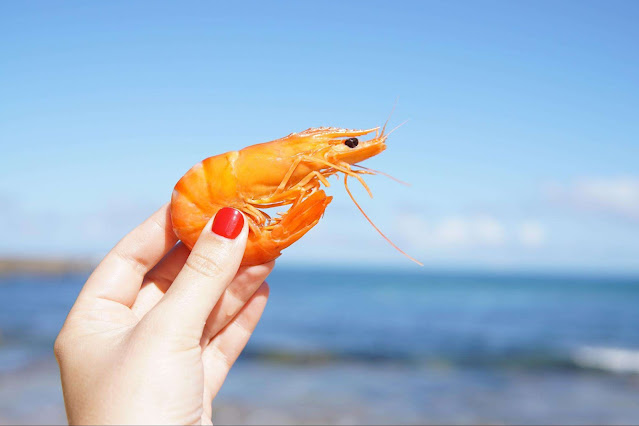From Catch to Plate: Exploring the Shrimp Industry
 |
| Shrimp |
Although
certain crustaceans outside of this order are referred to as
"shrimp," shrimp are actually crustaceans (a type of shellfish) with
elongated bodies and a primary mode of movement that involves swimming.
Caridea, smaller species in either category, or solely marine species may be
the subject of more specific definitions. Shrimp and prawn are similar swimming
crustaceans with stalk-like eyes, long, narrow, muscular tails (abdomens), long
whiskers and slender legs. Any tiny crustacean that resembles a prawn is
frequently referred to as one. Shrimp
are widely available and plentiful. There are countless animals that have evolved
to a variety of settings.
On
the majority of shores and bays, as well as in rivers and lakes, they can be
seen feeding close to the seafloor. They
are an essential component of the food chain and a major source of nutrition
for larger creatures like fish and whales. Many prawns have musculoskeletal
tails that can be consumed by humans, and they are frequently collected and
raised for this purpose. A 50 billion dollar industry depends on commercial shrimp
species, and in 2010 there were roughly 7 million tonnes of shrimp produced
commercially. In the 1980s, shrimp farming became more widespread, especially
in China, and by 2007, the harvest from shrimp farms had surpassed that of wild
shrimp.
Significant
problems arise when shrimp
are caught in the wild due to an excessive by catch and when bays are harmed by
pollution as a result of shrimp aquaculture. Particularly in the Commonwealth
of Nations and former British territories, larger shrimp—often referred to as
prawns—are more likely to be targeted commercially. An aquaculture company that
raises marine prawns or prawns for human use is known as a shrimp farm.
Beginning in the 1970s, commercial prawn farming quickly increased production,
especially to meet the needs of markets in the United States, Japan, and
Western Europe.
According
to Coherent Market Insights, Global shrimp market was valued at US$ 40.88
Billion in 2021 in terms of revenue, exhibiting a CAGR of 6.01% during the
forecast period (2022 to 2030).
More
than 1.6 million tonnes of farmed shrimp
were produced worldwide in 2003, with a market value of close to 9 billion
dollars. Asia produces over 75% of the world's prawns for farming, primarily in
China, Thailand, Indonesia, India, and Vietnam. Brazil is the major producer in
Latin America, where most of the remaining 25% are produced. By 2010, 3.9
million tonnes had been harvested by aquaculture, as opposed to 3.1 million
tonnes from wild prawn capture. And in 2016, China, Ecuador, Thailand,
Thailand, and India were the top five exporting countries.



Comments
Post a Comment